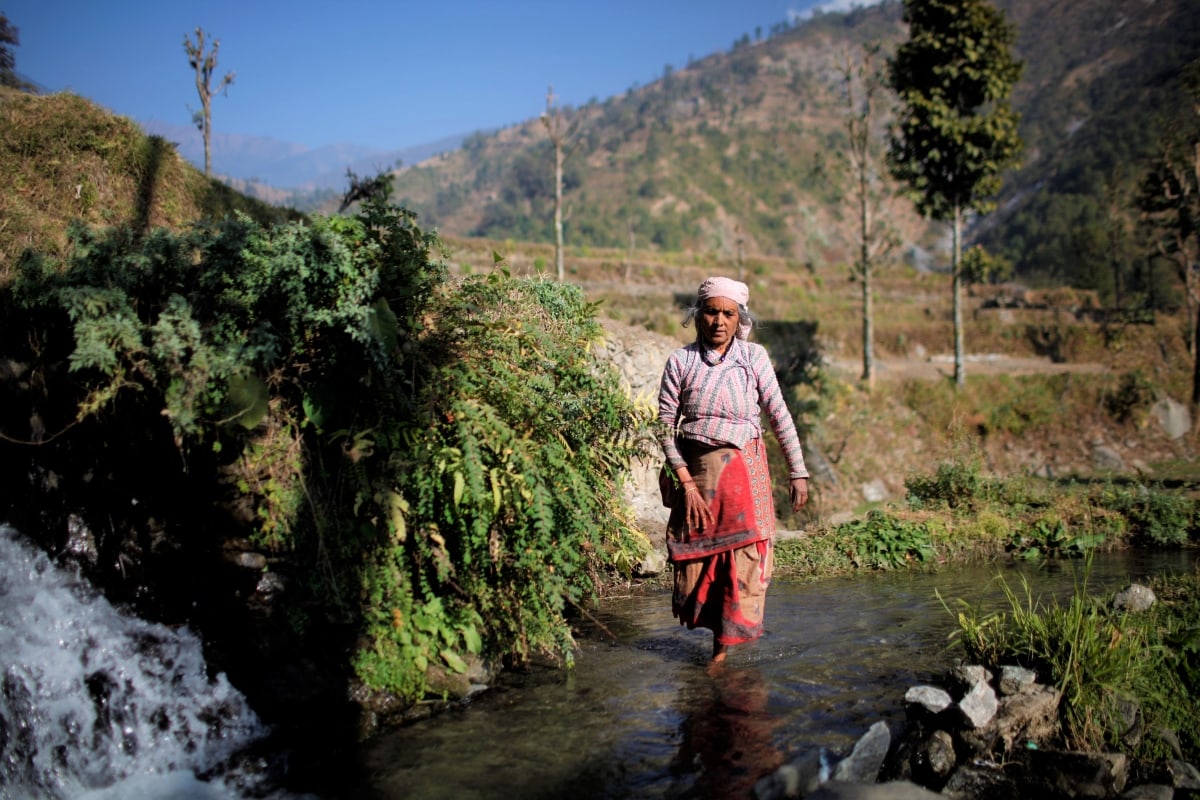Unravelling gendered practices in Nepal's public water sector
- From
-
Published on
04.10.20
- Impact Area

Among other social identities, gender is one of the most critical determinants of how an individual’s relationship is shaped with the rest of society. In the 1990s, gender equality began to make its way onto international agendas governing one of the most important resources for human survival – water. This was a formidable step forward in acknowledging gender as a legitimate policy issue in the water sector. It recognized that although water is often viewed as a guaranteed human right necessary for survival, access and availability is often unequally distributed based on how an individual identifies themselves.
Although strides have been made across the globe to increase gender equality in water access, these efforts have not profoundly challenged existing gendered patterns of water management in South Asia. A reason for this is that the processes and factors that create gaps between policy intentions and actionable outcomes are complicated and intertwined. Water injustices attributed to gender often intersect with other social markers such as caste, ethnicity, class or age…
![]()
Related news
-

ICRISAT’s Solar-Powered Water Hyacinth Harvester Recognized Among India’s Top 100 Innovations of 2025
International Crops Research Institute for the Semi-Arid Tropics (ICRISAT)18.11.25-
Environmental health
-
Poverty reduction, livelihoods & jobs
ICRISAT's Novel Solar-Powered Water Hyacinth Harvester has now earned a place in the prestigious To…
Read more -
-

CGIAR Multifunctional Landscapes at COP30: Advancing Adaptation and Nature-Based Solutions
Multifunctional Landscapes Science Program10.11.25-
Adaptation
-
Biodiversity
-
Environmental health
-
Environmental health & biodiversity
-
Mitigation
COP30 in Belém, Brazil is being heralded as a pivotal “COP of adaptation” and a…
Read more -
-

From bottles to solar pumps: how Cocoa farmers in Ghana are innovating to beat water stress
Sustainable Farming Science Program28.10.25-
Environmental health
Across Ghana's cocoa belt, the rhythm of the rains is no longer reliable. Once-predictable wet…
Read more -
